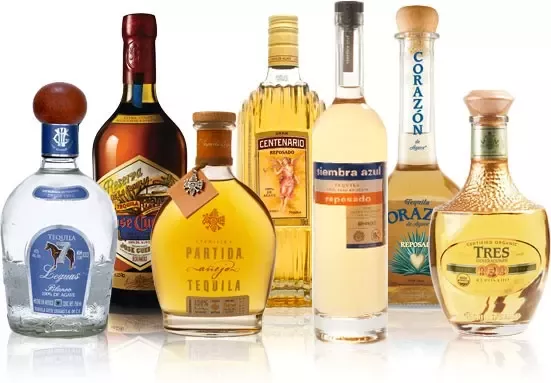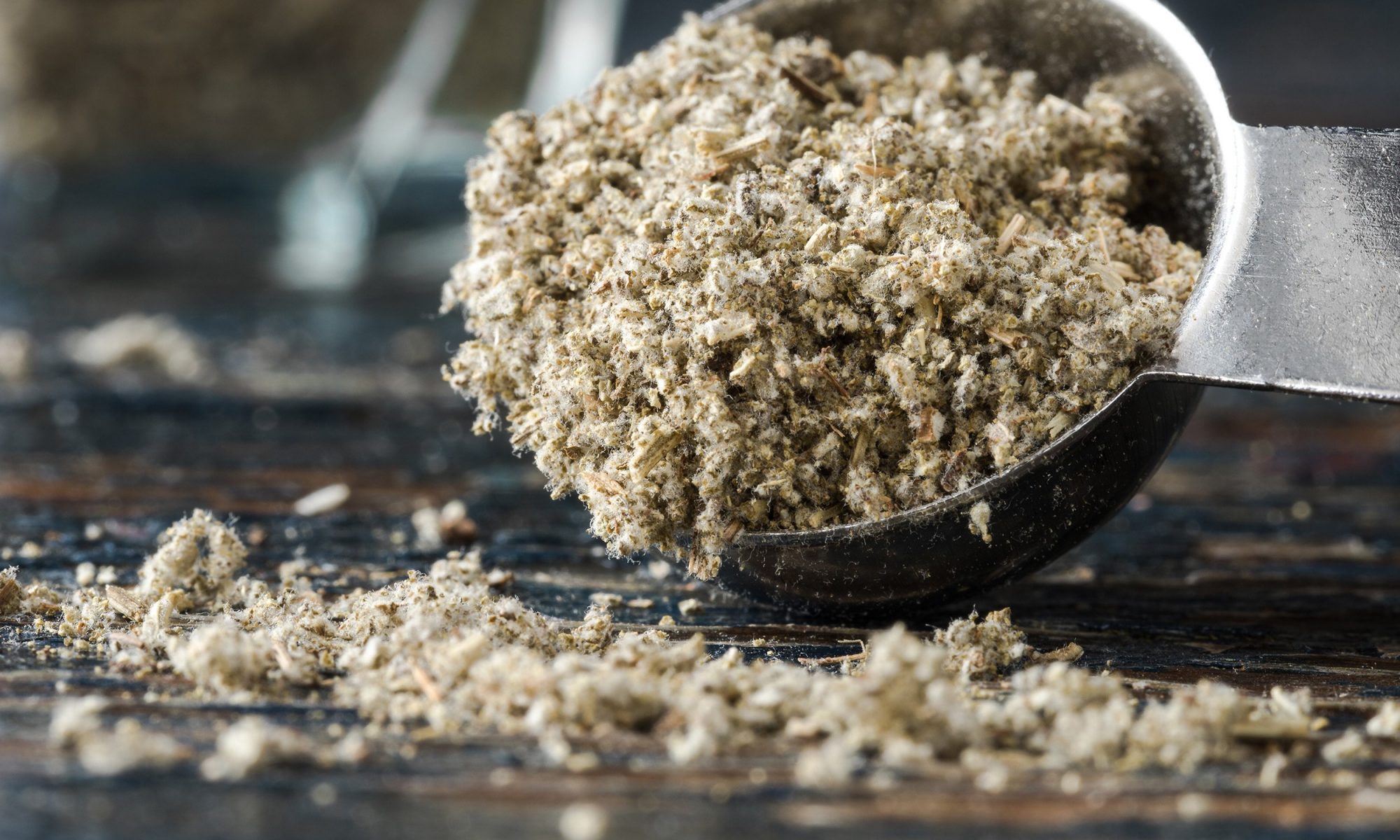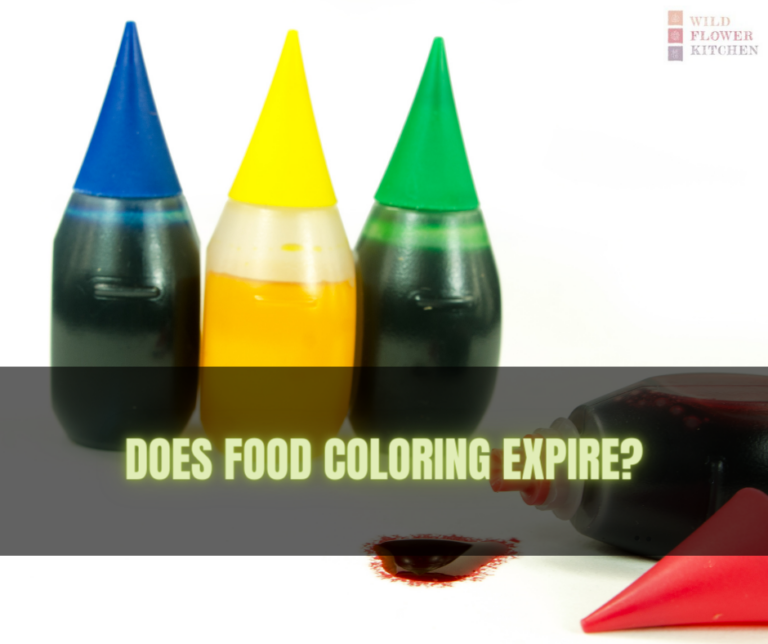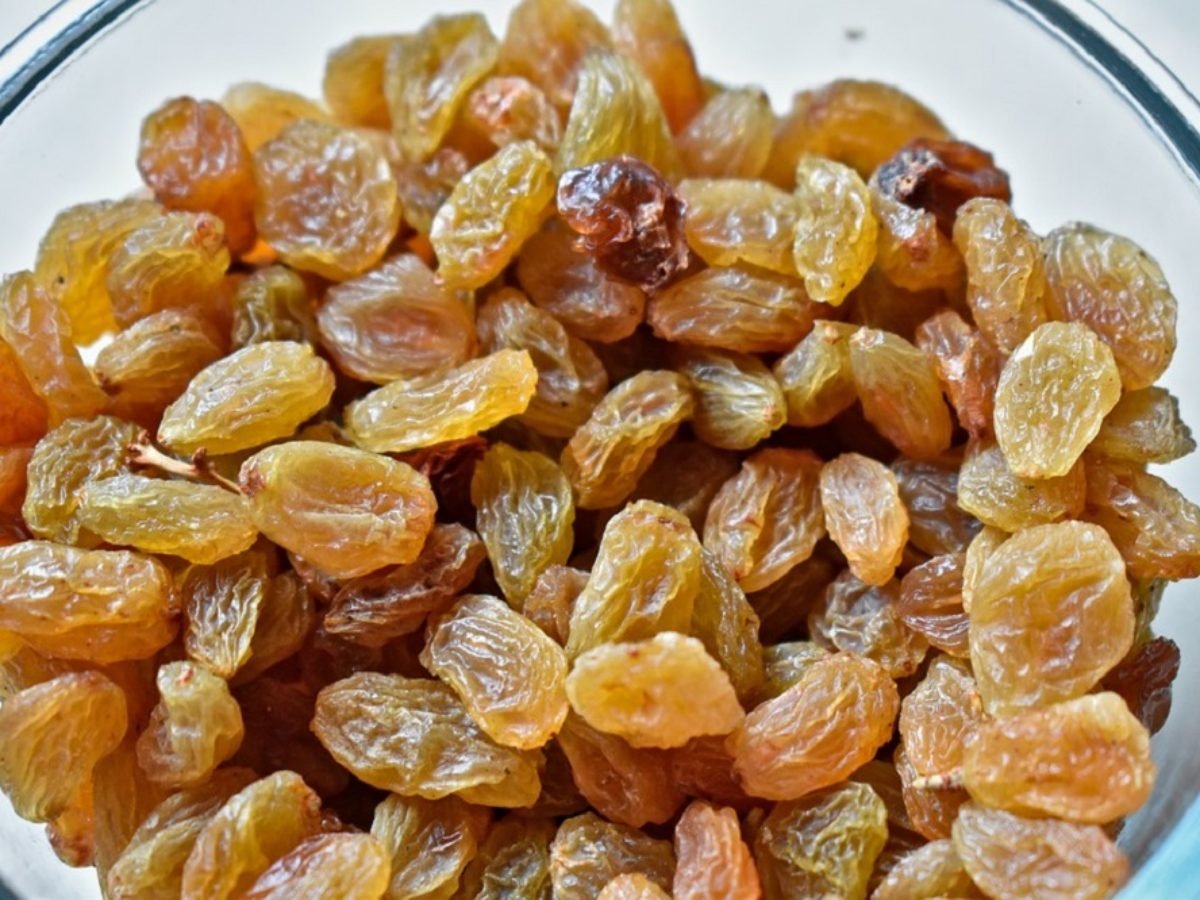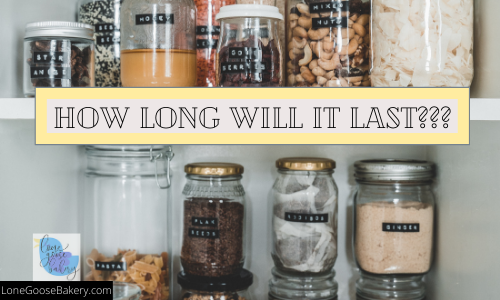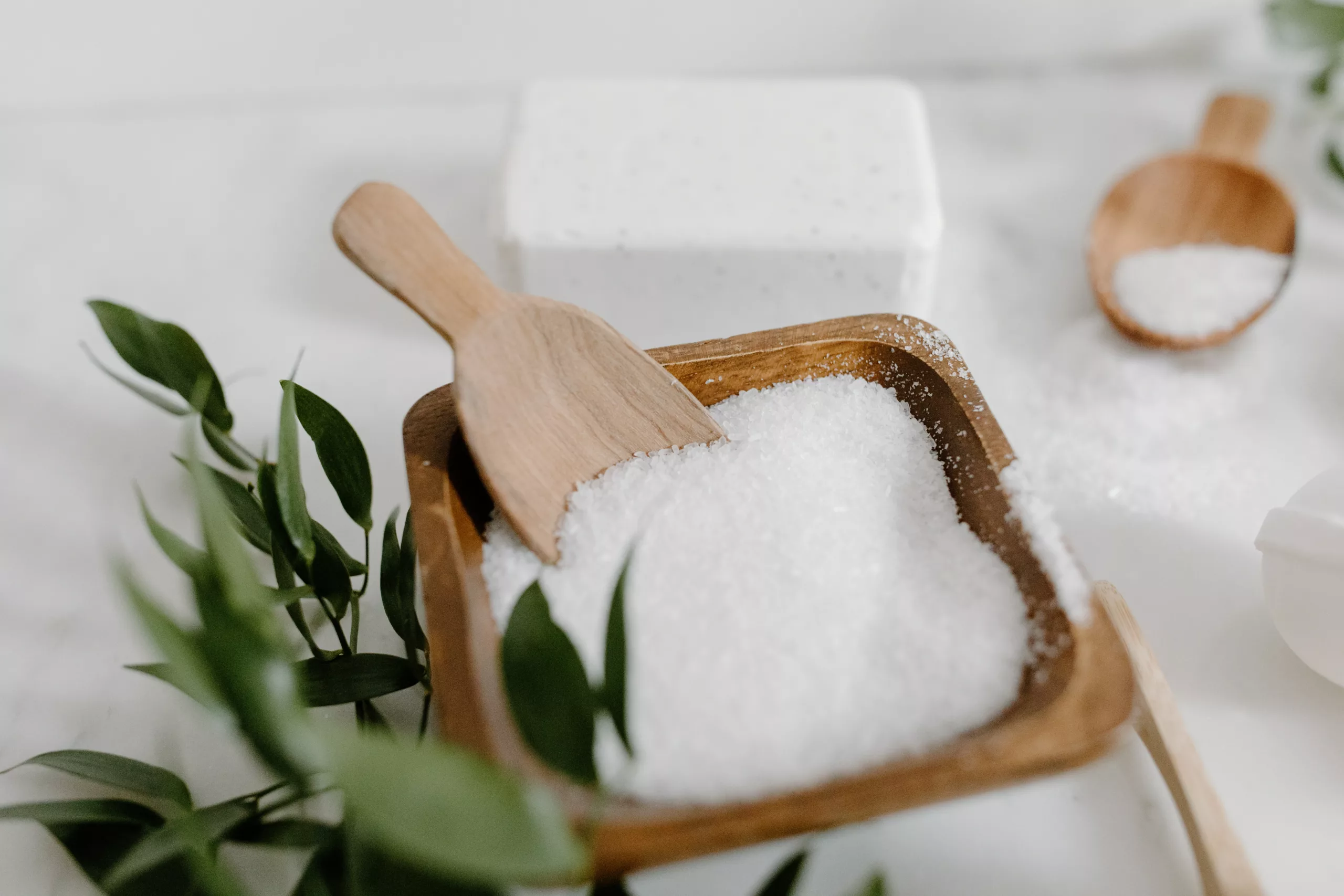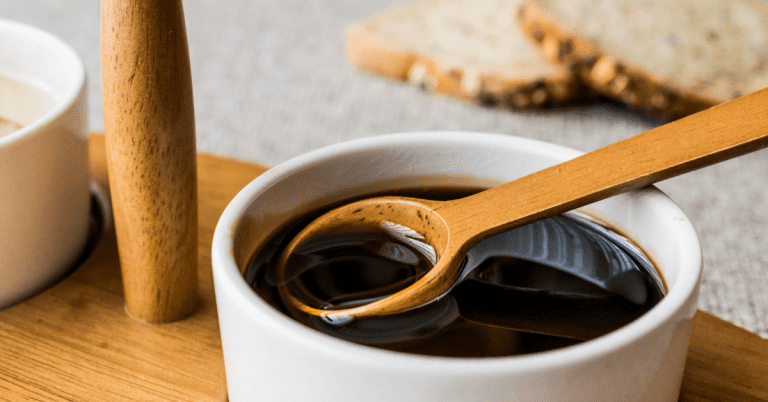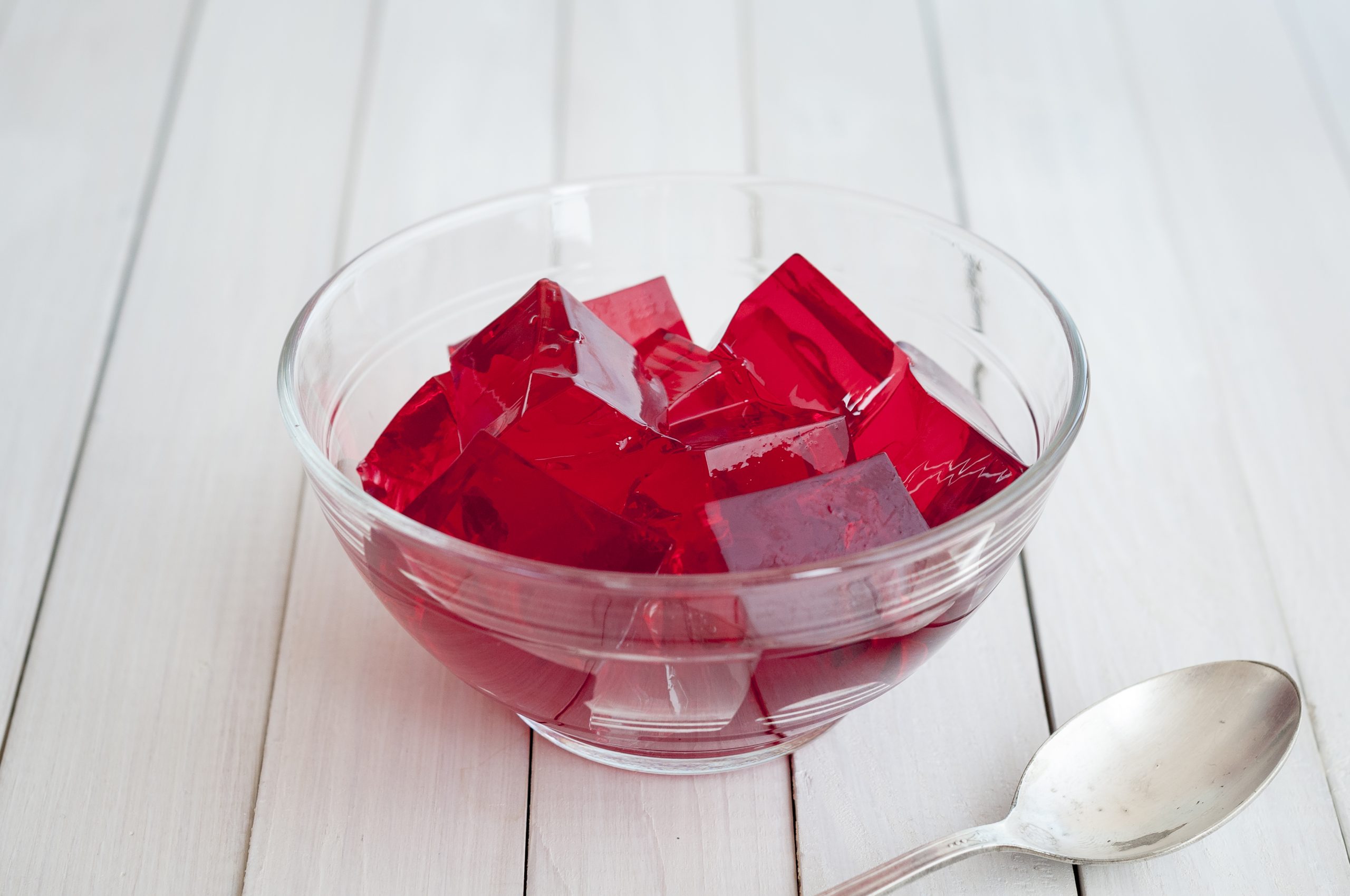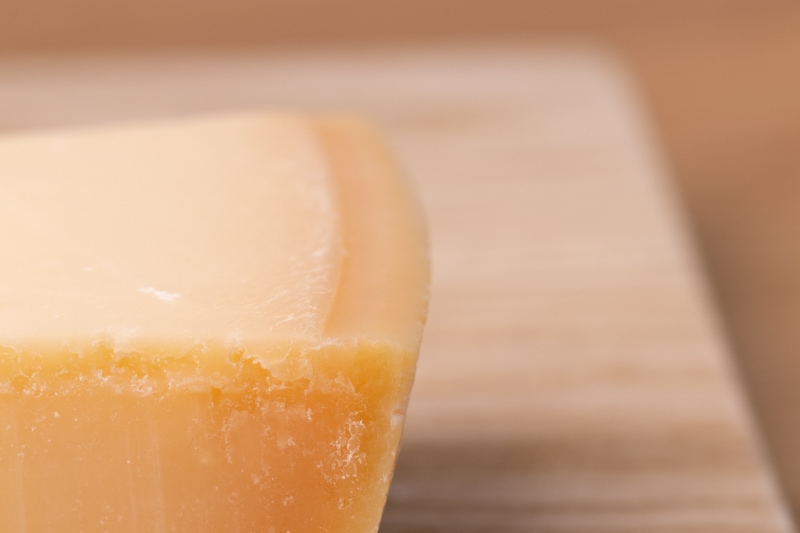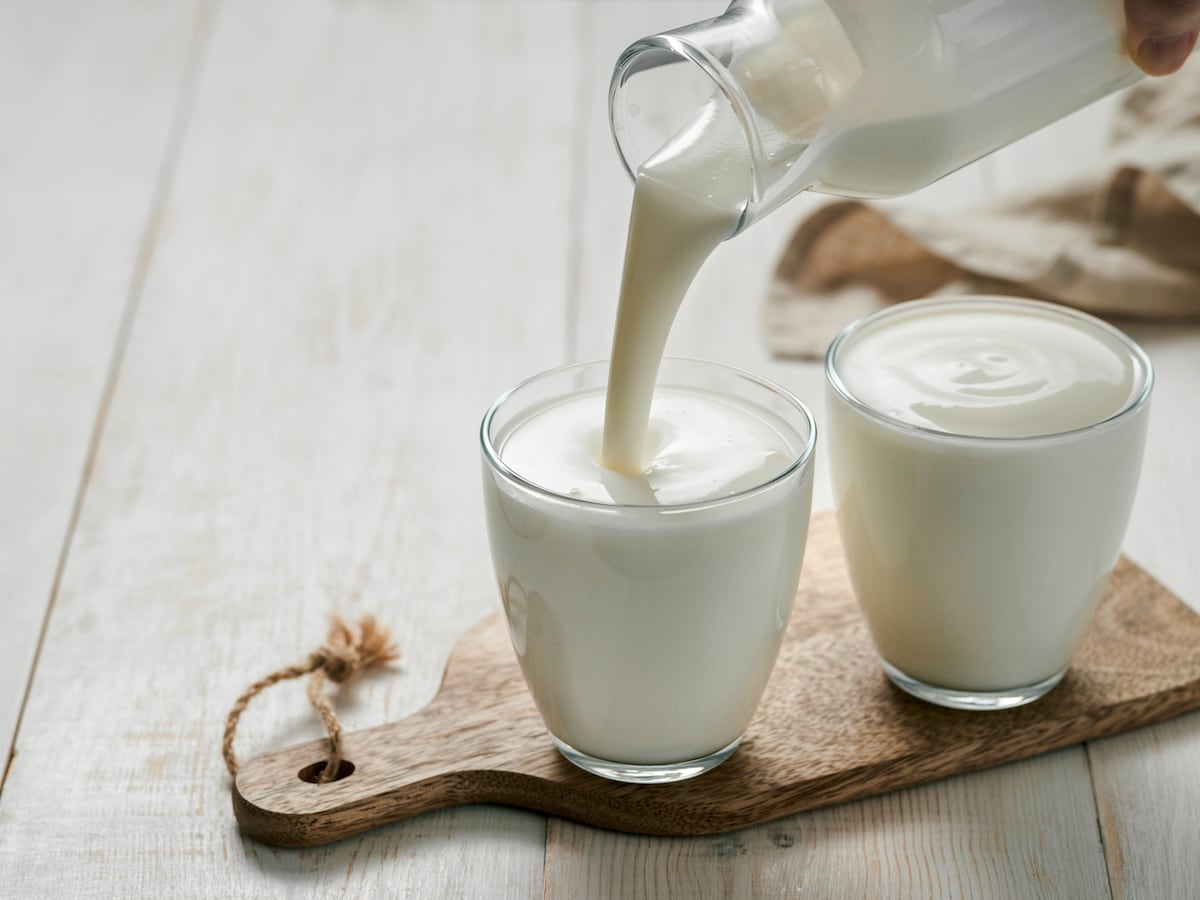– Oatmeal is a nutritious and versatile whole grain.
– Shelf life of oatmeal can vary depending on processing, cooking, added ingredients, and storing method.
– Commercially processed and uncooked rolled, quick, or steel cut oats can last 12 months to 2 years if unopened or stored in an air-tight container.
– Unstabilized oats have a shelf life of 3-4 months.
– Oatmeal with added ingredients can last 4 months to 1 year depending on type and storage.
– Previously cooked oatmeal should be discarded after 3-4 days, but can be frozen for up to 3 months.
– Uncooked oatmeal is unlikely to spoil in a way that makes you sick, but it may become stale or develop unpalatable flavors.
– Mold growth indicates spoilage and should be discarded.
– The color, texture, and scent should be inspected to determine if oatmeal is still good.
– Instant oatmeal lasts 1-2 years, flavored oatmeal lasts 6-9 months, steel cut oats last 2 years, rolled oats last 1-2 years, and prepared oatmeal lasts 3-5 days.
– Oatmeal should be stored in cool, dry environments with steady temperatures and in airtight containers to minimize exposure to oxygen.
– Expired oatmeal can be repurposed for skincare or used as a natural deodorizer for pets.
Continue Reading
